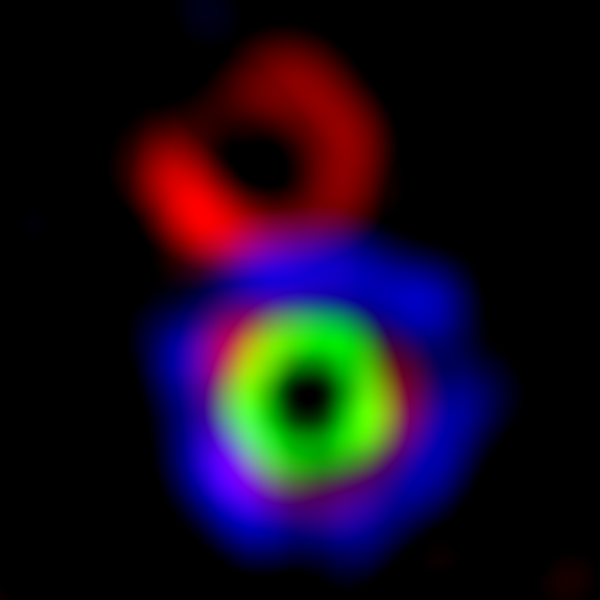Eye diseases caused by errors in small antennae of cells
Our ability to see depends on light-sensitive sensory cells in the retina of the eye. Researchers from among others the University of Copenhagen have uncovered the complex molecular mechanism behind diseases caused by errors in the antenna structures of these sensory cells.
The sensory cells of the eye can be divided into daylight cells (cones) and night light cells (rods). Both cones and rods consist of an inner segment in which all the cell's protein synthesis takes place, as well as an outer segment containing the cell's light-sensitive pigments. During the development of the eye, the outer segment is formed from the primary cilium, which is an antenna-like structure on the cell surface that originates from the cell’s centrosome. Previous studies have shown that mutations in the gene that codes for the centrosomal protein CEP78, give rise to a special type of eye disease characterized by cone and rod dystrophy, as well as hearing loss. However, the underlying molecular mechanism is unknown.
In a new collaborative study, researchers from the Department of Biology, University of Copenhagen and partners from the University of Southern Denmark and abroad show that mutations in the CEP78 gene both inhibit the cells' ability to form the primary cilia and cause the few cilia that do form to be too long. In addition, the researchers use various molecular and cellular techniques to uncover the molecular mechanism by which CEP78 regulates the formation and length of the primary cilia.
- "The most important thing we have discovered is that CEP78 regulates the formation of cilia by activating a so-called ubiquitin ligase that stimulates the degradation of the centrosomal protein CP110 during initiation of cilia formation. CP110 is a well-known inhibitor of ciliogenesis, which must be removed from the centrosome for the cilium to form. Our study shows that CEP78 plays a key role in the removal of CP110 and thus the initiation of cilia formation", says Professor Lotte Bang Pedersen, who led the study.
- Lotte Bang Pedersen further explains: "In addition to demonstrating a key role for CEP78 in removing CP110 from the centrosome, our study also uncovered a new interaction between CEP78 and another centrosomal protein, CEP350. We already knew from other studies that CEP350 was important for the formation of the cilium, but now we show that CEP350 recruits CEP78 to the centrosome in order to remove CP110 before initiating ciliogenesis. The mechanism by which CEP78 regulates the length of the cilium is still unclear, but our results suggest that CEP350, and not CP110, may be involved in this process".

- "Since the outer segments of the cone and rod cells are formed from primary cilia, our results explain why patients with mutations in the CEP78 gene develop cone and rod dystrophy. The hair cells in the inner ear, which are the sensory cells that detect sound, also contain a single primary cilium, which is important for the formation and function of the hair cells. Thus, our results may also explain why patients with mutations in the CEP78 gene suffer from hearing loss", continues Lotte Bang Pedersen.
In the long term, the results may have an impact on the diagnosis and treatment of patients with eye diseases and hearing loss. For example, it would make sense to include CEP350 as a possible disease gene when screening patients with these diseases.
Kontakt
Professor Lotte Bang Pedersen
Section for Cell Biology and Phsyiology
Department of Biology
Tel. +45 2980 3551
Mail: lbpedersen@bio.ku.dk
Sidsel Kretzschmer Henriksen
Press and Communication
Department of Biology
Tel. +45 3533 4147
Mail: sidsel.henriksen@bio.ku.dk
Helle Blæsild
Teamleder, PR & Communication
Department of Biology
Tel. +45 2875 2076
Mail: helleb@bio.ku.dk

